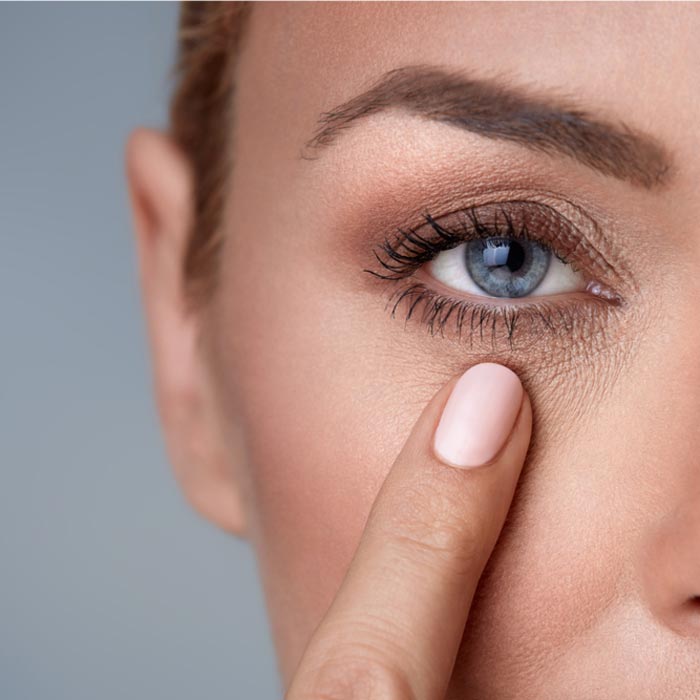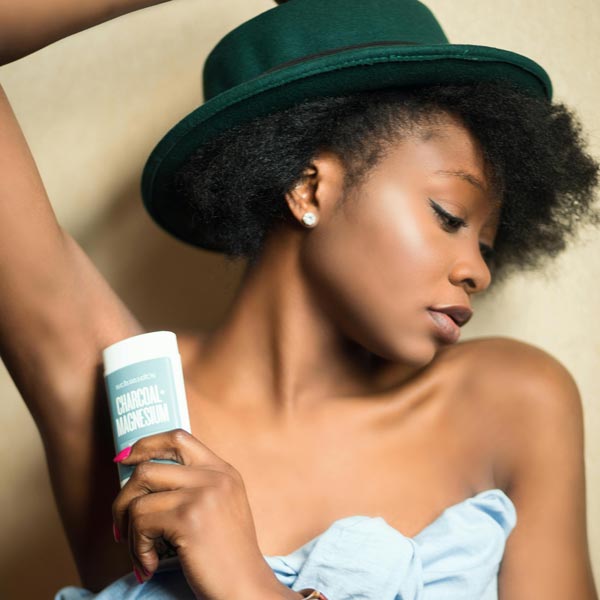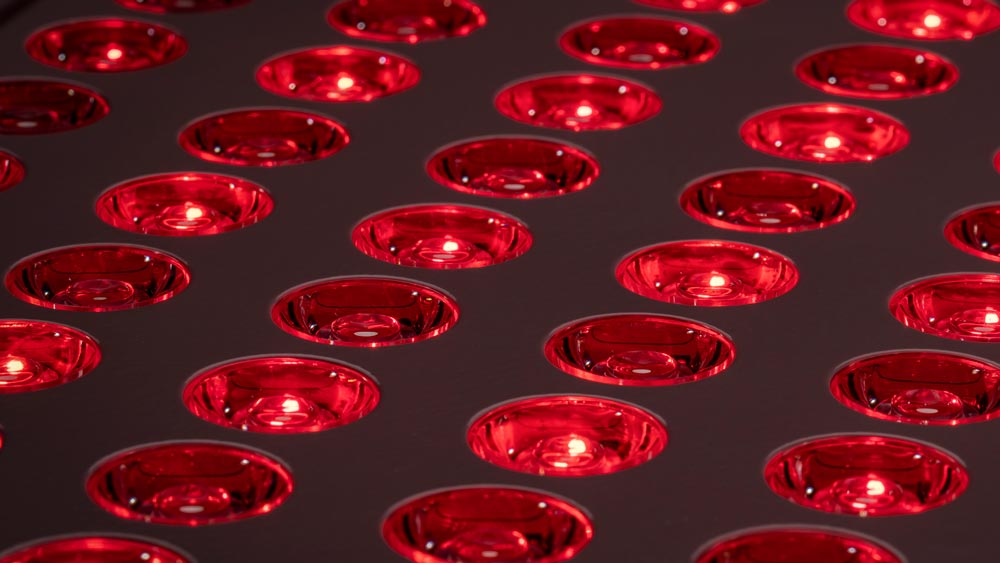![]() Free Shipping
Free Shipping ![]() Buy Now, Pay Later
Buy Now, Pay Later ![]() Eligible
Eligible
Post Botox Care: How Red Light Therapy Hurts Less and Gives Better Results

Botox is the solution of choice for those who want to reduce wrinkles and smooth out their skin. With its ability to temporarily paralyze muscles and soften fine lines, the treatment lasts 3-6 months. But proper post Botox care is key to faster recovery and better results. One of the new post treatment protocols is red light therapy which has been shown to speed up healing and Botox results.
In this post we will discuss the benefits of red light therapy after Botox, how it works and some practical tips on how to incorporate this new therapy into your post Botox care.
How Botox Works
Before we get into red light therapy let’s quickly review how Botox works. Botox is short for botulinum toxin, a neurotoxin that blocks nerve signals to the muscles, so they can’t contract. This causes the facial muscles to relax temporarily and smooth out wrinkles and fine lines. Botox is used to treat areas like crow’s feet, forehead lines and frown lines.
Patients may experience some swelling, bruising or redness after the treatment which usually resolves within a few days. While these side effects are temporary they can sometimes prolong the healing process. That’s where red light therapy comes in.
Red Light Therapy in Post Botox Care
Red light therapy (RLT) uses low level red or near infrared light to penetrate the skin and stimulate healing at the cellular level. This non invasive treatment has been shown to stimulate collagen production, reduce inflammation and repair the skin. It’s the perfect companion for Botox recovery.
- Reduces Inflammation and Bruising: Botox injections can cause some irritation and inflammation in the treatment area. Red light therapy calms the skin, reduces swelling and minimizes post treatment bruising so patients can recover faster.
- Faster Healing: By stimulating collagen production and blood flow red light therapy speeds up tissue repair so any minor side effects from Botox dissipate faster.
- Better Botox Results: The collagen and elastin stimulation from red light therapy can also improve skin tone, texture and elasticity so Botox results are even better.
How to Use Red Light Therapy in Your Post Botox Care
To get the most out of your post Botox recovery you can either go to a clinic that offers red light therapy or invest in an at home red light therapy device. A red light therapy session is about 10-20 minutes and it’s recommended to do multiple sessions over the first few days after Botox for best results.
Here’s a quick post Botox care routine:
- Day 1 (Immediately after Botox): Rest, don’t rub your face and don’t use heavy skincare products.
- Day 2-3: Start red light therapy, focus on the treatment areas.
- Day 4 onwards: Continue red light therapy 2-3 times a week depending on the severity of swelling or bruising.
Conclusion
- Botox 100iu vials are used for aesthetic treatments to smooth fine lines and wrinkles.
- Red light therapy speeds up healing after Botox by reducing inflammation, swelling and bruising.
- It stimulates collagen production and improves skin elasticity so Botox results are better.
- For best results red light therapy should be part of a structured post Botox care routine, in clinic or at home.
Q&A
- Is red light therapy safe after Botox?
Yes, red light therapy is safe and non invasive. It reduces swelling and promotes faster healing without affecting the Botox.
- When can I start red light therapy after Botox?
You can start red light therapy 24-48 hours after your Botox treatment when the initial injection site reactions have settled.
- How many red light therapy sessions do I need?
To see best recovery do 2-3 sessions a week for the first couple of weeks after Botox.
- Does red light therapy extend Botox results?
Red light therapy doesn’t extend the effects of Botox but its collagen stimulation can improve skin quality and complement Botox results so you look more youthful.
Sources
- American Academy of Dermatology Association. (n.d.). Botulinum Toxin: Overview.
- Mayo Clinic. (n.d.). Botox injections: Overview.
- Hamblin, M. R. (2017). Mechanisms and applications of the anti-inflammatory effects of photobiomodulation. APL Photonics, 2(4), 041602.
- Calderhead, R. G., & Vasily, D. B. (2016). Low level light therapy with light-emitting diodes for the aging face. Clinical, Cosmetic and Investigational Dermatology, 9, 79-89.
Now you can have faster recovery and better results with red light therapy in your post Botox care.





